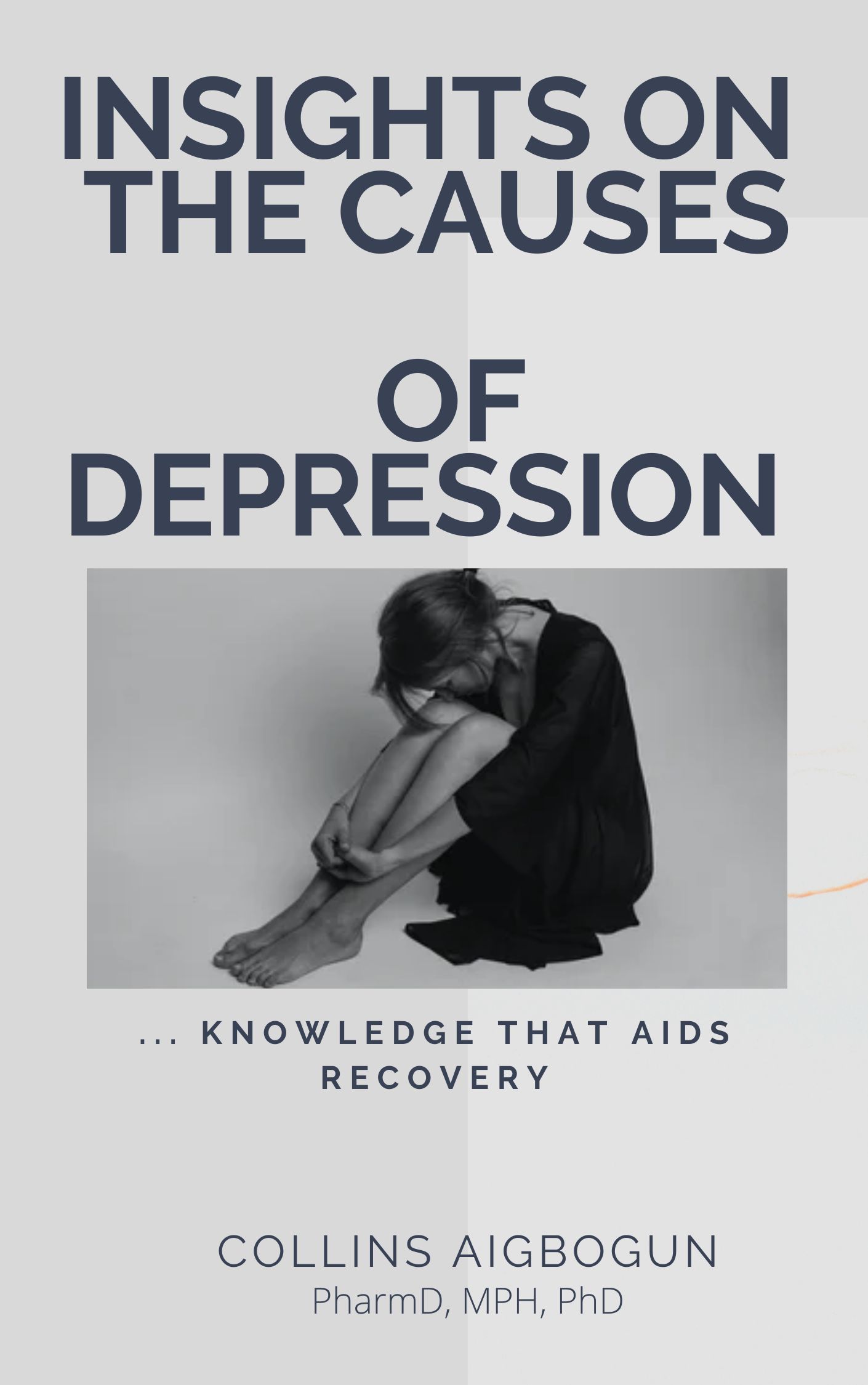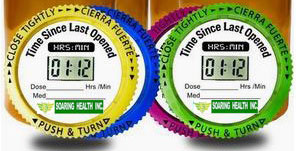Easily Identify Drug-Drug Interaction
We live in a world where people have multiple options. Similarly, there might be a need for someone to be on different medications at the same time. Nevertheless, patients need to be aware that some medicines can increase or decrease the effectiveness of other medications.
Story-line of a Case Study
For example, a 29-year old white lady recently disengaged from her long-standing boyfriend and soon developed a panic attack or anxiety disorder. Her physician placed her on paroxetine (Paxil), and she got better after a few moments. Sometimes, she thinks about the traumatizing experience and soon observes that her blood pressure increased slightly though significantly. She visited another physician close to her new home, and she was placed on 50mg of metoprolol XL once daily. After a while, she realized that her blood pressure was lower than usual, and she got tired much more quickly. This case study is an example of how some of the drugs make us have a lower quality of life. In this scenario, paroxetine inhibited the Cytochrome P450 enzyme (CYP2D6) that metabolizes metoprolol. Hence, metoprolol stayed in the patient’s body longer than usual. This experience resulted in symptoms of hypotension.
Common Cytochrome P450 Enzymes
Patients need to be aware of the common drugs that interact with their medicines. Such knowledge is easy to acquire because most drugs are metabolized by a family of enzymes called Cytochrome P450 enzymes. This family has over 50 enzymes for which six of these enzymes metabolize 90% of all drugs. These six enzymes are CYP1A2, CYP2C9, CYP2C19, CYP2D6, CYP3A4, and CYP3A5. These enzymes are mainly expressed in the liver though they also occur in the lungs, small intestine, kidneys, and placenta. Of these six enzymes, the CYP3A4 enzyme and the CYP2D6 enzyme are the most significant. It is needful to mention that some people have a genetic variation of some of these enzymes. As a result, they respond quite differently to drugs/substrates that are metabolized by these enzymes. Hence, some persons will benefit from a simple test before the selection of the most appropriate drug regimen. Also, the dose of each treatment depends on the variant of metabolizing enzymes in the patient.
Inhibitors and Inducers of common Cytochrome P450 enzymes
This write-up will focus on drug-drug interaction in regards to mental health. The CYP3A4 and CYP3A5 enzymes metabolize anxiolytics such as alprazolam and diazepam. In the presence of certain drugs, known as enzyme inhibitors, the anxiolytics mentioned above tend to stay longer in the body. On the other hand, certain medications known as enzyme inducers, enhance the elimination of these anxiolytics from the body.
General Counsel
There is wisdom to ask your healthcare professional when in doubt about the possibility of interactions in your drug regimen. One of the benefits is that you can avoid possible adverse drug events. Click here if you care to know more about a simple test that can prevent adverse drug events.








